How the Second Avenue Subway is hurting Upper East Side businesses
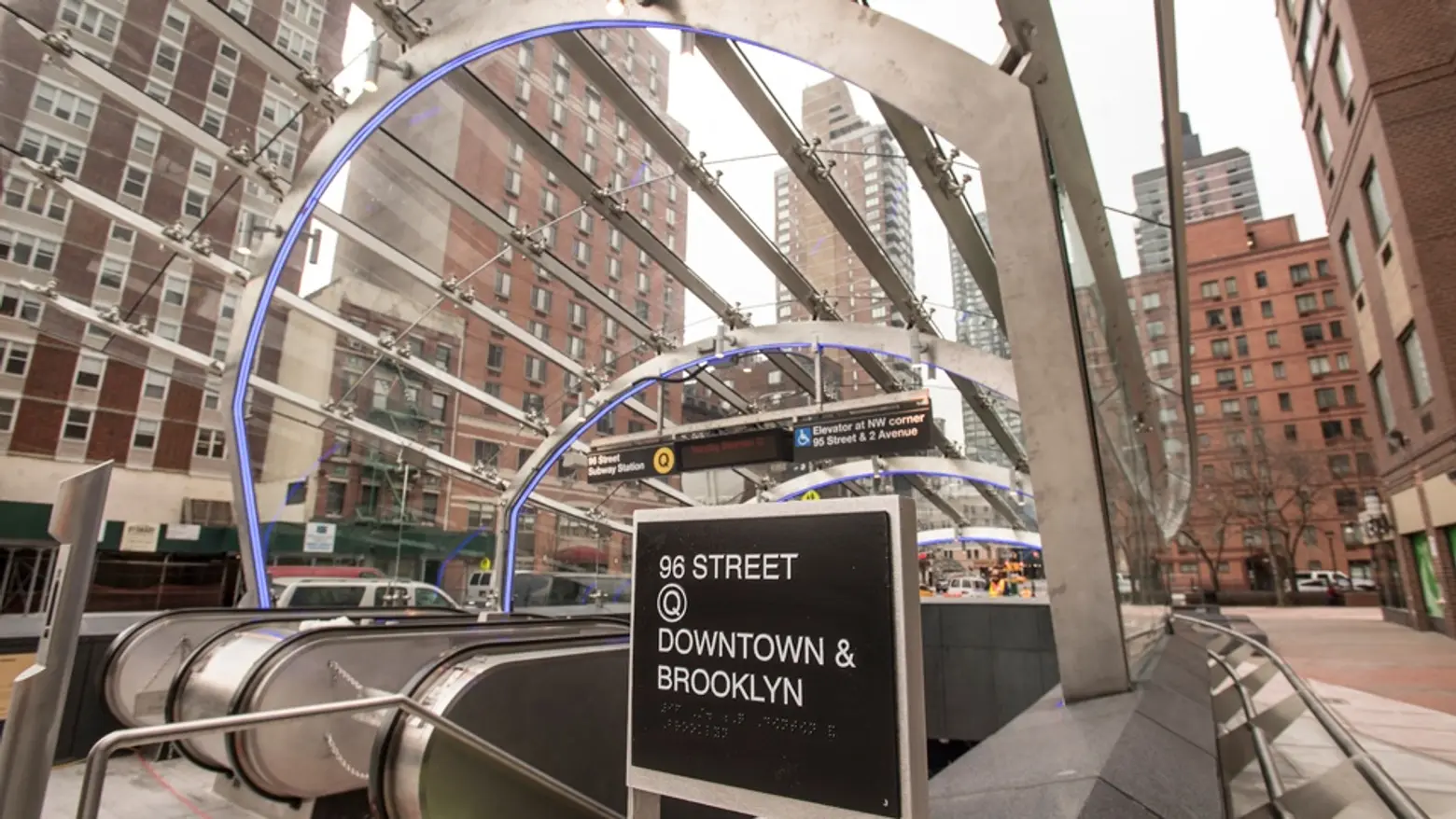
96th Street entrance to the Second Avenue Subway, via MTA/Flickr
On Valentine’s Day, The Source, a long-running store on Third Avenue that sold everything from stationary and household cleaning products to cards and candles, closed its doors for good. Since early January, when the owner hung a going-out-of-business sign in his window, he had been telling Upper East Siders shoppers that he was shutting down for two reasons: rising rents but the drastic decline in business brought about by the Second Avenue Subway’s opening in January 2017. Although one might assume that a business like The Source is really a victim of Amazon and the rise of other online retailers, the increasing vacancy rates along Third and Lexington Avenues on the Upper East Side over the past year appear to confirm his speculation. As much as the Second Avenue Subway has been good news for businesses in Yorkville, its opening seems to have dealt a devastating blow to businesses located just west of the new line.
 The southwest corner of 86th Street and Lexington Avenue, via Wiki Commons
The southwest corner of 86th Street and Lexington Avenue, via Wiki Commons
Empty Store Fronts on the Rise
Over the past twelve months, closures along Third and Lexington Avenues in the Upper East Side have been on the rise. Third Avenue, once home to a surprisingly high number of thrift shops, saw its last thrift shop, Housing Works, close on February 20th. But thrift shops and other discount retailers are not the only types of businesses closing for good or moving to more affordable neighborhoods. Over the past six months, several eateries ranging from MamaGyro, a mother-daughter operation on Lexington Avenue, to the pricier Atlantic Grill, which once occupied to large retail space on the East side of Third Avenue between 76th and 77th streets, have also closed.
Notably, the Upper East Side has not only seen a notable spike in closures over the past year but also prolonged vacancies, with many empty storefronts taking well over a year to be rented out to new tenants. If Third and Lexington Avenues in the Upper East Side were once considered prime retail sites, in the current market, both avenues seem to have lost their appeal. Cushman & Wakefield, which tracks retail real estate nationwide and globally, reported that the retail vacancy rate along Third Avenue in the Q4 of 2017 was over 18%. While this is higher than it has been in recent years, it is important to note that it is not as high as some other prime retail areas in New York City. According to Cushman & Wakefield, the Q4 retail vacancy rate in SoHo was over 24% and at Herald Square, retail vacancies were closer to 35%.
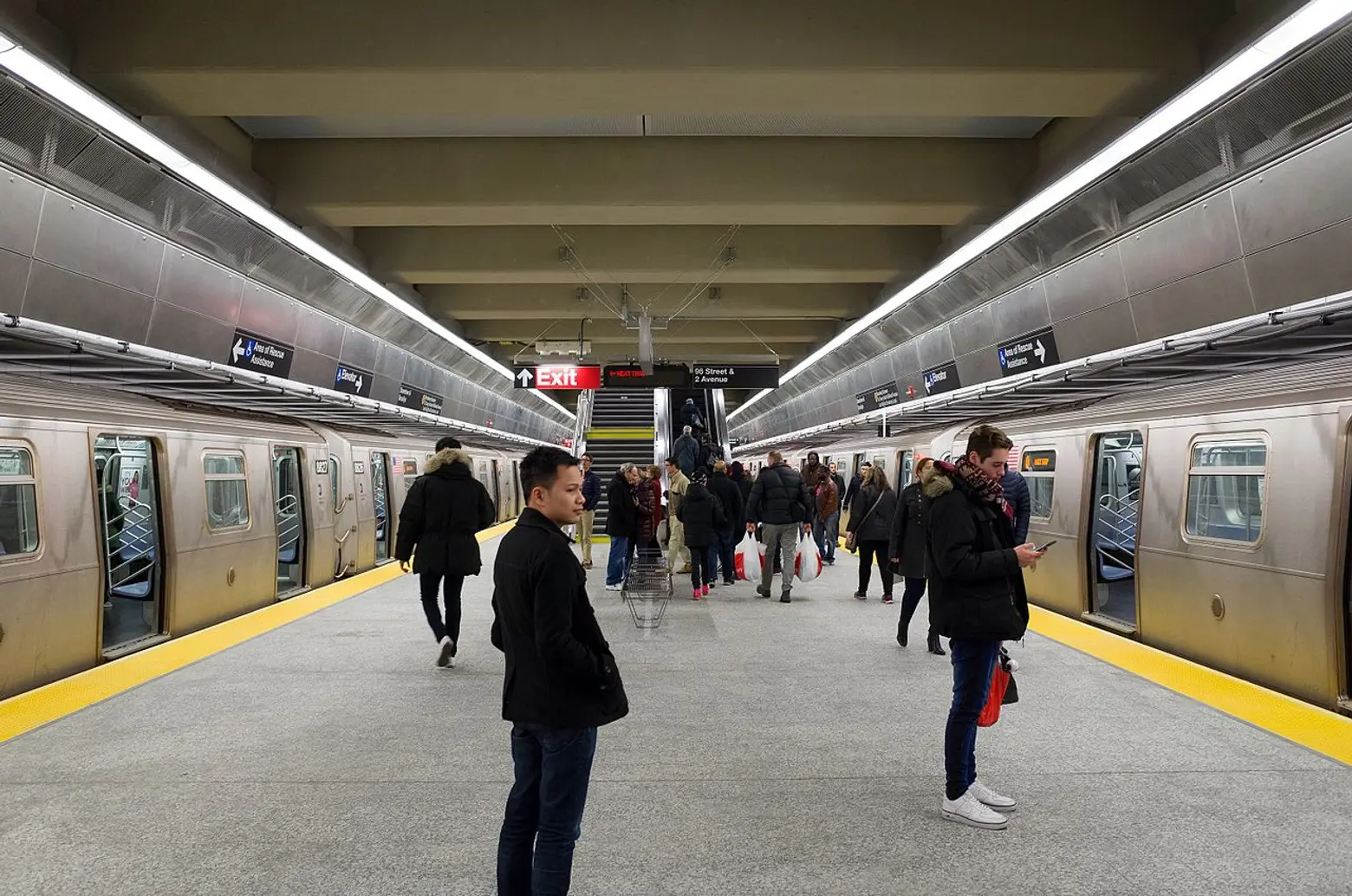 Platform of the 96th Street station, via Wiki Commons
Platform of the 96th Street station, via Wiki Commons
Pedestrians Diverted Away from Lexington
While a combination of factors may be driving the current closures on the Upper East Side, it is difficult to ignore the fact that the Second Avenue Subway has transformed the commuting habits of Yorkville residents. Shortly after the opening of the Second Avenue Subway in early 2017, the MTA published statistics on the subway’s shifting ridership. As of January 2017, only a few weeks after the new line opened, daily ridership on the Second Avenue line was already at 155,000 riders, with most riders entering at the new 72nd Street and 86th Street stations. By May 2017, the MTA reported handling 176,000 average daily riders on its new line. At the same time, the MTA reported notable declines in ridership at its Lexington Avenue Upper East Side stations, including those located at 77th and 86th streets.
While the diversion of commuters from the Green Line has been good news for Upper East Side commuters who had been struggling with overcrowded platforms and standing-room-only cars for years, for businesses along Lexington and Third Avenues the diversion has resulted in a significant loss. In the fourth week of January 2016, Lexington Avenue’s Upper East Side subway stations welcomed 327,440 riders on average daily but by January 2017, the same stations were only welcoming 240,270 riders. For businesses along Lexington and Third Avenue, this means an estimated loss of 100,000 pedestrians per day and over half a million pedestrians per week walking by and coming into to spend money.
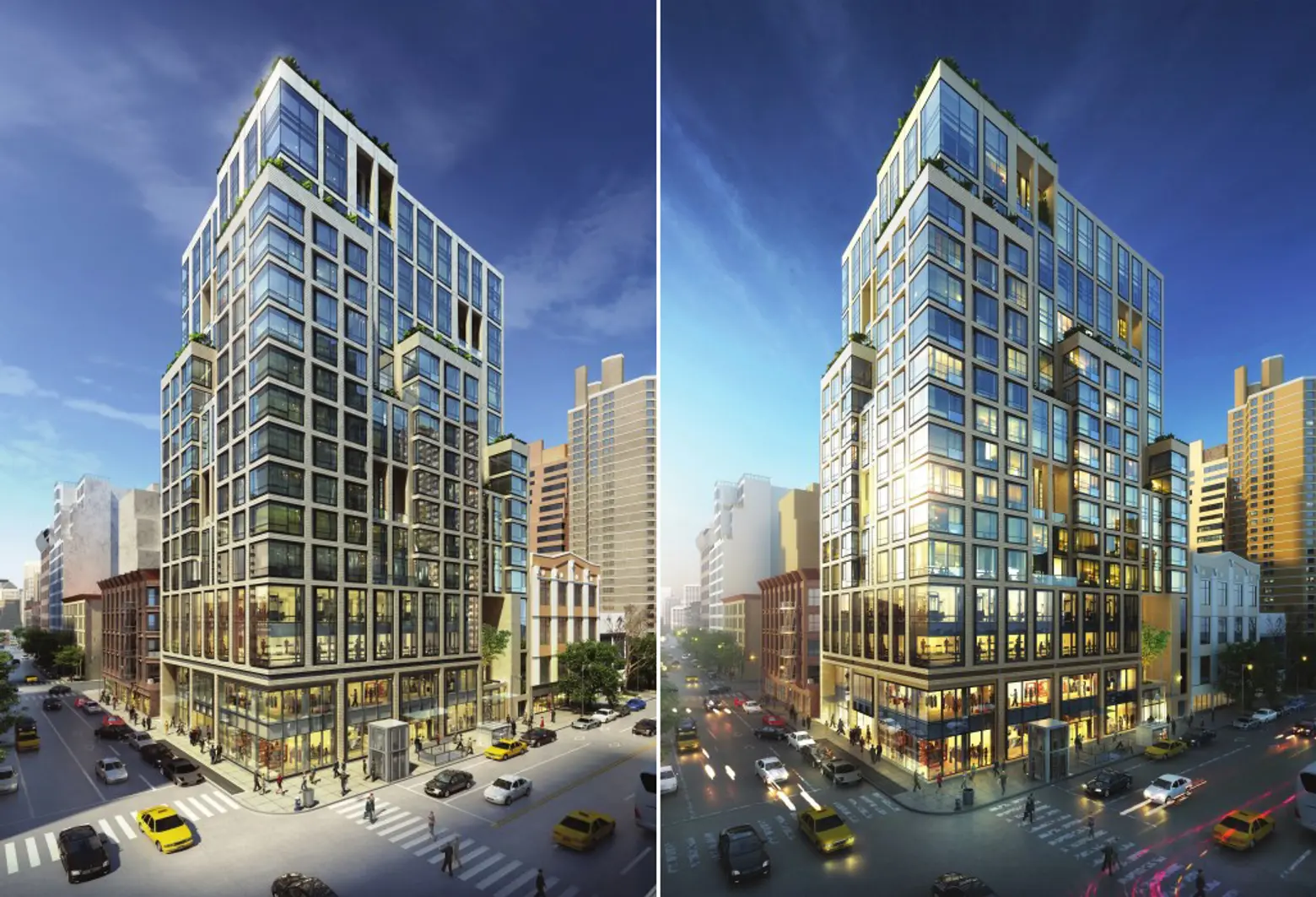
Renderings of 151 East 86th Street, via HOK Architects
New Residential Developments May Help UES Businesses Rebound
Despite the high number of vacancies on the Upper East Side, it seems unlikely that the posh neighborhood is about to become a ghost town. First, at least some current vacancies cannot be blamed on the opening of the Second Avenue Subway and resulting diversion of pedestrians away from Lexington and Third Avenue. The Atlantic Grill closing, for example, is reportedly the result of an attempt by Northwell Health, which owns 18 hospitals around the city including Lenox Hill Hospital, to purchase a collection of residential and retail properties between 76th and 77th Street on Third Avenue. As of January 2018, the sale had yet to be finalized but the restaurant’s and adjacent bank’s recent closings appear to indicate that a deal is imminent.
Other recent closures on the Upper East Side have also been driven by new deals, including over a dozen new high-rise condominium developments. While over a dozen developments are slated to go up on and east of Second Avenue, there are also several new developments that promise to bring increased pedestrian traffic back to Third and Lexington Avenues. These include a development at 1297-1299 Third Avenue, which will replace several existing walkups with a 31-story tower, and 151 East 86th Street, which will place a residential tower comprised of 61 new condominium units above the northeast entrance to 86th Street Station on the Green Line.
RELATED:
Get Insider Updates with Our Newsletter!
Leave a reply
Your email address will not be published.
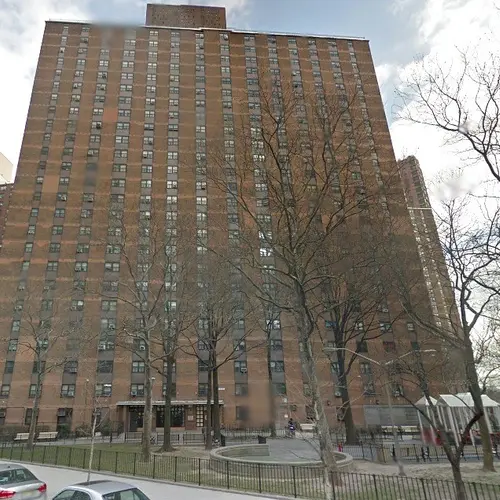
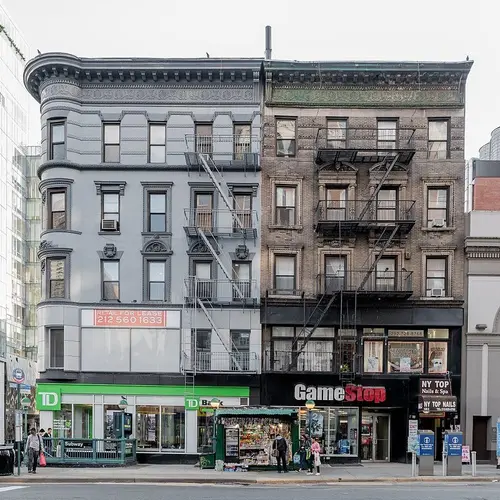
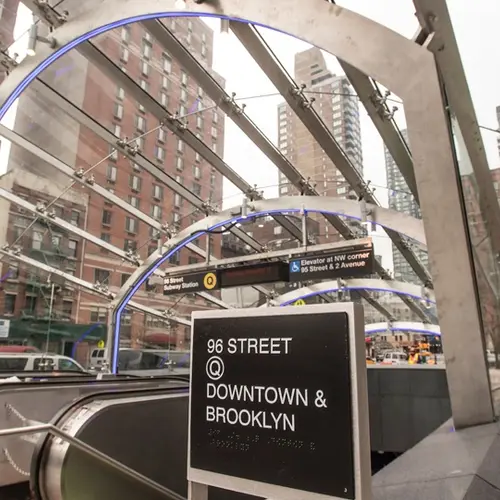
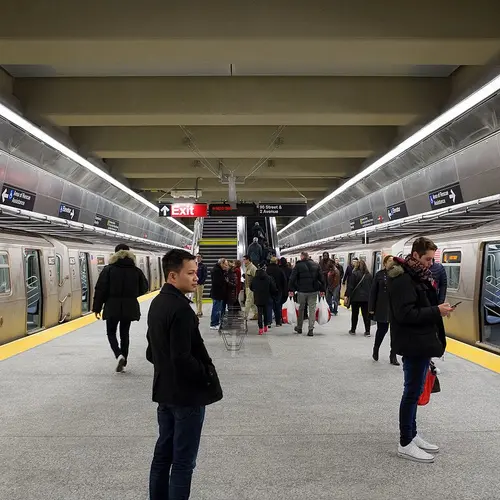
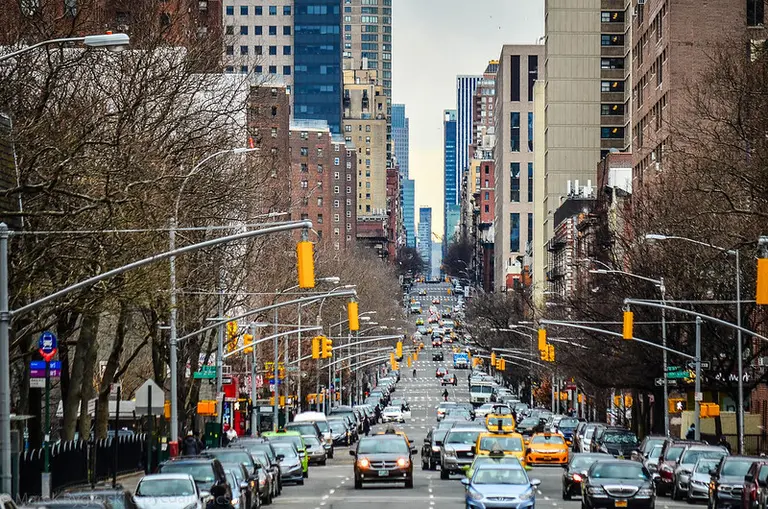
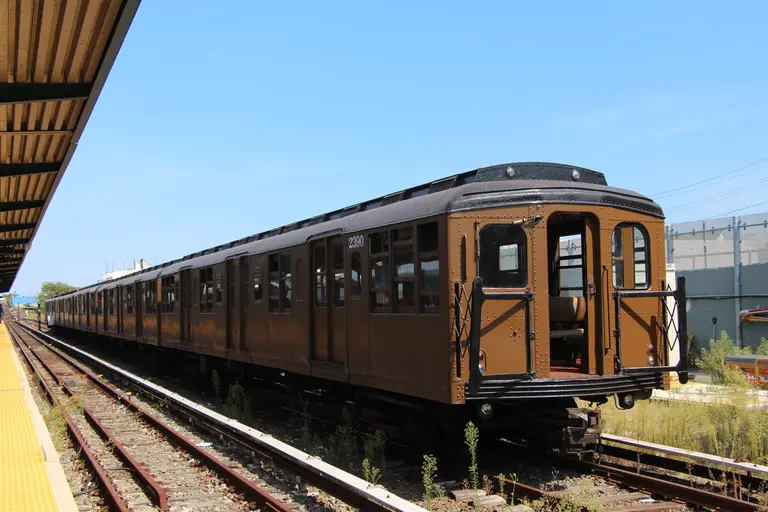
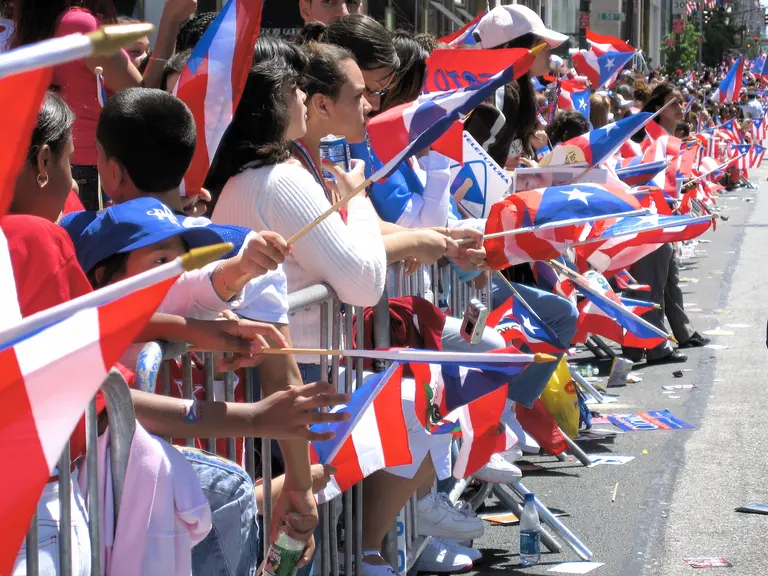
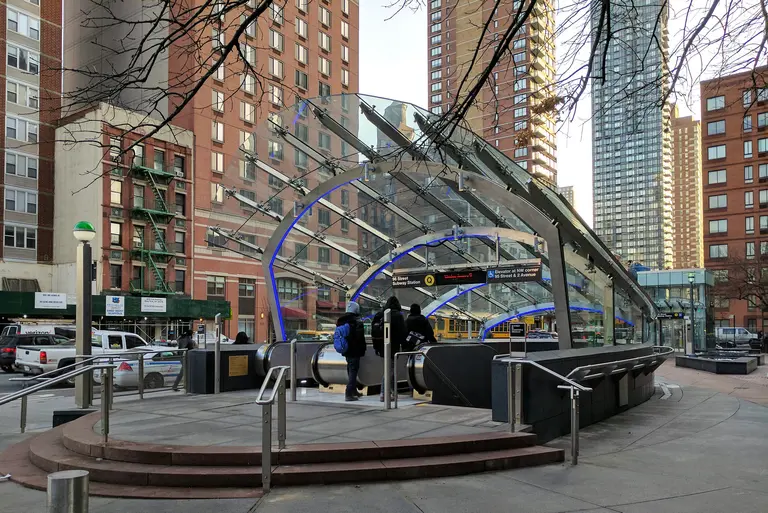
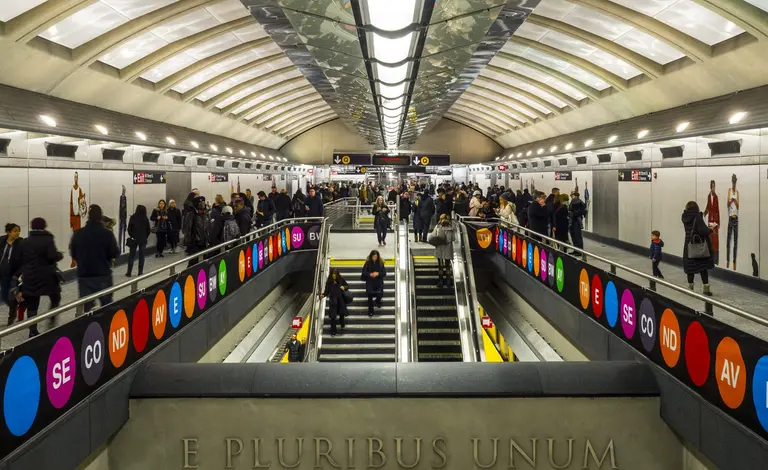





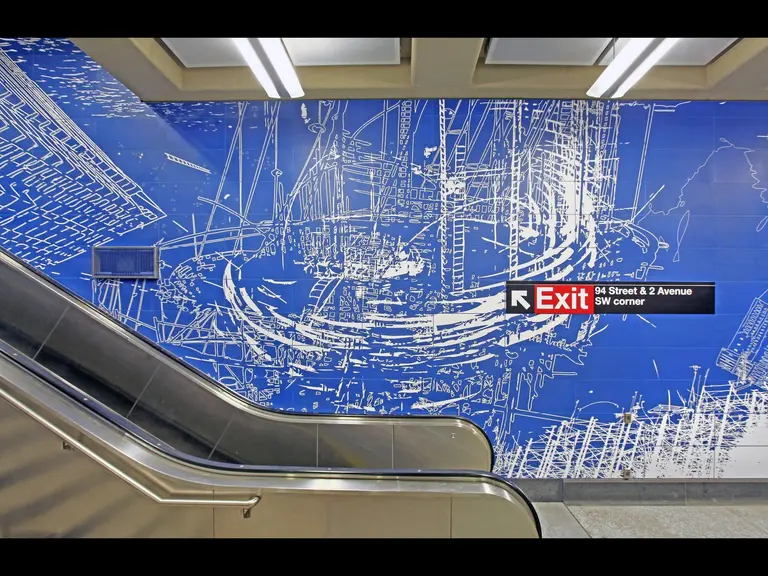
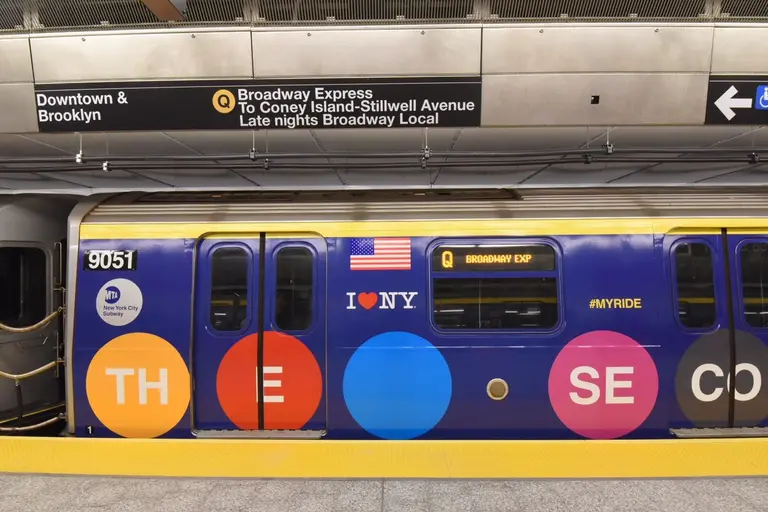
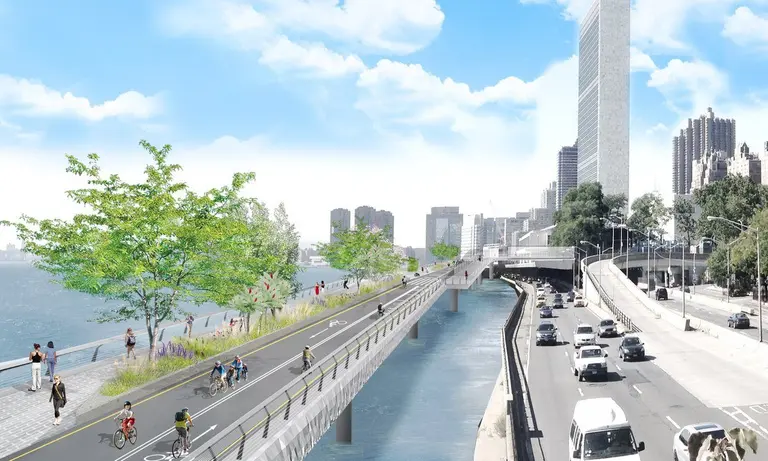
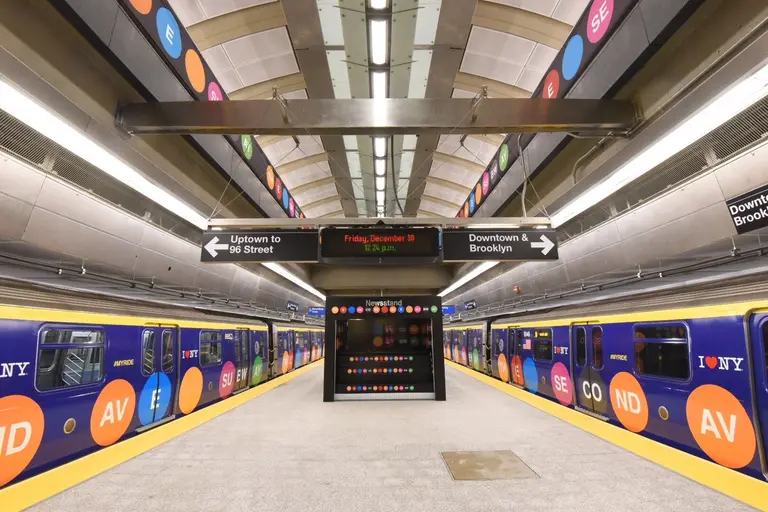
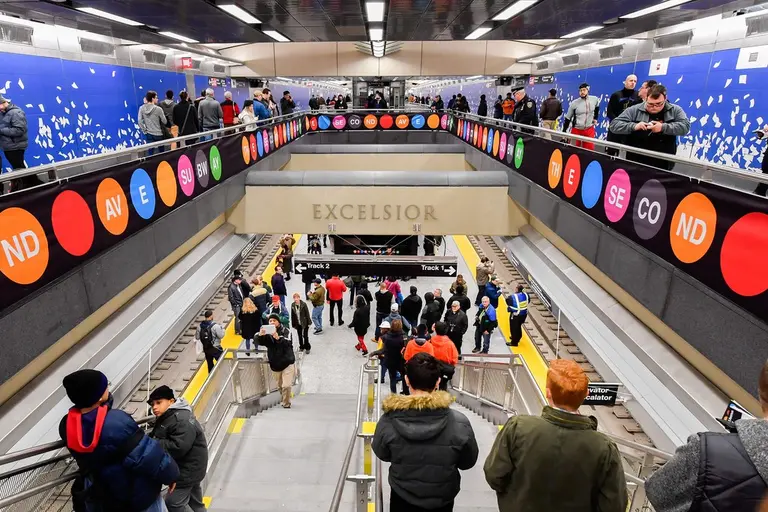
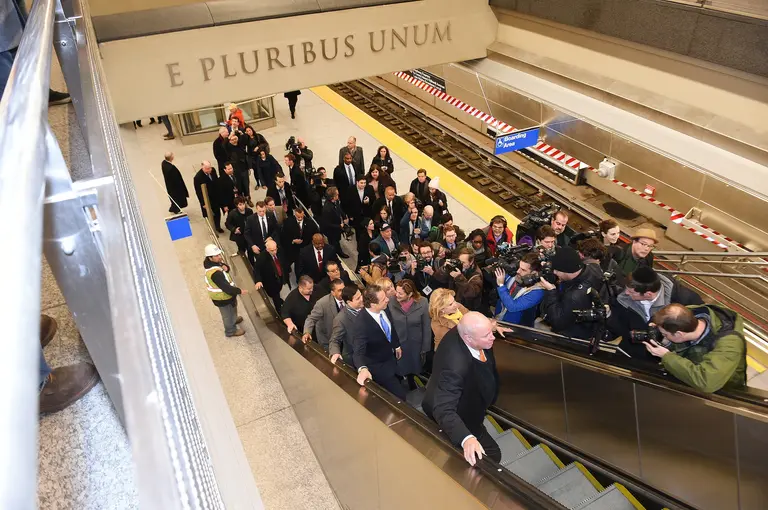












Atlantic Grill is not a victim of the second avenue subway but the fact that Lenox Hill is building on that spot!
nobody calls it the “green line.”
and there are still thrift shops on 3rd ave fortunately.